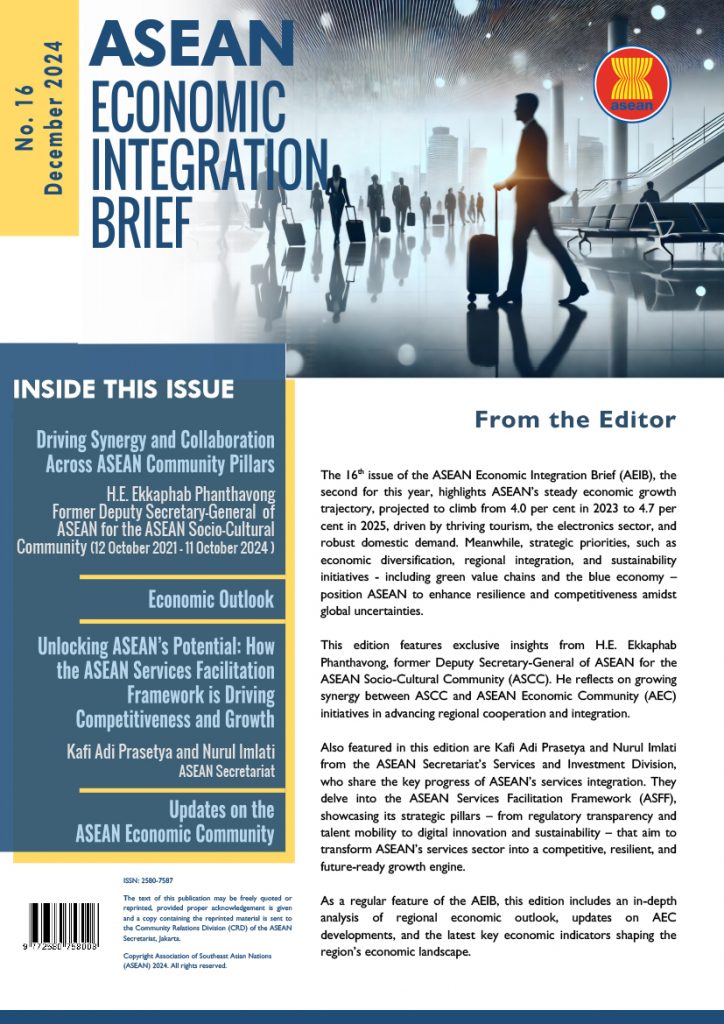Rambo paced anxious circles in his cage as it became clear he was subject to special attention. The Bengal tiger was about to be moved from the shuttered Phuket Zoo to a new home: a rescue centre in central Thailand.
As the zoo closed, its 11 tigers were moved to the Wildlife Friends Foundation Thailand (WFFT) rescue centre in Phetchaburi province, a 10-hour drive from Phuket, an island tourist destination in southwestern Thailand.
Awaiting them was a 7-hectare (18-acre) enclosure with marshy grassland where the tigers can roam free from the pressures of being a captive attraction.
But bigger, post-rescue enclosures are not a guaranteed future. Captive tigers in Thailand often face complications due to inbreeding and lose their natural instincts from lifetime captivity. Release into the wild is not an option and new homes need to be found for them following zoo closures and confiscations.
Moving the tigers from Phuket required four separate rescues between February and June. Nine tigers now enjoy roaming around in the large, natural enclosure, though two passed away during the transition due to health complications.

“It feels terrible to see them go,” Phuket Zoo owner Siripornchai Tanthaweewong said on the day of the final move. “I’ve been with them for 20 years. But there’s nothing I can do… it’s simply the cycle of how things go. We have reached this point [of having to let go] due to many factors. Now all we can do is move on.”
He contacted WFFT founder Edwin Wiek after the zoo closed in hopes of finding a new home for the tigers. The WFFT bent its normal rule against taking zoo overstock.
“We made an exception because of Covid and also because the owner really wanted the tigers to go to the best place possible,” Wiek said.
A team of veterinarians, animal husbandmen and WFFT staff arrive at Phuket Zoo on 8 June to conduct the last of four tiger transfers, with an officer from the Thai Department of Natural Park, Wildlife and Plant Conservation on hand. Photos: Wanpen Pajai for Southeast Asia Globe
When a wildlife facility is closed in Thailand, animals under the protection of Thai law, including tigers, end up at government facilities. The Department of National Parks (DNP) operates a number of large rescue and breeding centres across the Kingdom.
The seizures are often the result of poor conditions or treatment. Authorities arrested three monks and seized 147 tigers in 2019 from a tiger temple involved in the illegal wildlife trade.
But being in government care does not always equate to better conditions.
“It became very obvious that the cages that these tigers were living in were really not appropriate, especially coming from the temple where they had huge enclosures,” said Tanya Erzinclioglu, director of For Tigers, a captive tiger welfare NGO in Thailand.
Soon after the handover, tigers under the DNP’s care passed away due to the poor health of the animals. There are fewer than 50 tigers left in DNP facilities, according to For Tigers.

“Some of them definitely died from stress early on, because these tigers were uprooted completely from their home,” Erzinclioglu said.
At DNP facilities, tiger living quarters were reduced to 10-by-4-metre (32-by-13-foot) cages. Other stressors included placement near unfamiliar tigers and handlers.
“The rescue from Tiger Temple did help to highlight that you can’t just end the process at the rescue,” Erzinclioglu said. “You have to follow it right through to see where the tigers end up.”

DNP’s changing role
Taking in animals post-confiscation has been added to DNP’s responsibilities, but resources for proper care are slim.
The department’s main task is to monitor animal conservation and trafficking. Attractions must obtain zoo licences from the DNP to operate. The department then monitors licensing, registration and proper birth and death records for the registered animals, with the power to revoke zoo licences if the facility does not follow regulations.
A DNP officer attending one of the Phuket Zoo rescue operations explained the department’s responsibility is to monitor the general welfare of animals at wildlife facilities.
“Before closure, the conditions for animals at Phuket Zoo were not ideal for animals. The environment was quite subpar. But it was still okay to operate with a zoo licence under current DNP standards,” said the officer, who requested anonymity because they were not authorised to speak publicly.
The environment was quite subpar. But it was still okay to operate with a zoo licence under current DNP standards.”
DNP Officer
The poor conditions of tigers in DNP facilities stem from a lack of resources, Erzinclioglu said: “They’re not actually an animal welfare organisation, because their job is to make sure that everyone is doing everything legally.”
Thailand’s latest Wildlife Preservation Act allows NGOs to care for tigers post-rescue, easing the pressure on the DNP. Animal welfare organisations including the WFFT and For Tigers said they work with the department to provide resources for animals under DNP care.
“With this new animal wildlife Preservation Act, allowing other facilities to take on some of the burden of these confiscated animals, that actually helps the DNP to look after the animals they’ve got,” Erzinclioglu said.
Tigers lay around for tourists to take photos with them at Tiger Kingdom in Phuket. Wanpen Pajai for Southeast Asia Globe
Tiger attractions return
On Phuket Island, Tiger Kingdom and Tiger Park are the two main tiger attractions and part of a larger tourism trend of visitors taking close-up photos with tigers. Tiger Park, the newer of the two, opened in 2020 before the Covid-19 outbreak.


“It’s really exciting,” said Ashin Kumar, a 30-year-old from Bangalore with his girlfriend on their first trip to Thailand. He came straight from the airport to Tiger Kingdom.
“To be so close to the tigers, you get a crazy adrenaline rush,” Ashin said.
Since the Kingdom lifted pandemic travel restrictions in May, tourists have returned to these attractions. Nhoi, a Tiger Kingdom manager, said the park receives up to 500 tourists daily.
A World Animal Protection report revealed Thailand is one of the world’s top locations for “wildlife selfies” as measured by social media tags and user locations.
The Kingdom has the world’s third-highest number of people taking photos of themselves with wild animals, behind Australia and the United States. The figure has increased in recent years as Instagram made the activity more popular.
Tourists at wildlife attractions typically pay a fee starting at $23 (800 Thai baht) for a 15-minute interaction with tigers. The price differs according to the size of the tigers, with options ranging between small, medium and large. A package of three types can cost up to $81 (2,800 baht).
The revenue incentivises parks to continue breeding tigers in a variety of sizes, with inbreeding common.
“Thailand cannot control the uncontrolled breeding of tigers in captivity,” Wiek said, adding that there is no inbreeding regulation. “This is a big problem in my eyes.”
Using the Phuket Zoo rescue as an example, Wiek said he hopes to show officials an alternative way to enclose tigers in large, natural environments requiring fewer resources while improving conditions for the animals.
“Realistically, a lot of what we think is poor welfare or animal cruelty actually isn’t illegal in Thailand because the law doesn’t say so,” Erzinclioglu said. “It makes it very hard for somebody to go in and say that the animal is suffering from poor welfare because most zoos are following the law exactly, but [the law] is very basic.”
Additional Reporting by Zoe Lamps.
Reporting for this article was supported by the Round Earth Media program of the International Women’s Media Foundation.











.jpg&h=630&w=1200&q=75&v=20170226&c=1)









Discussion about this post